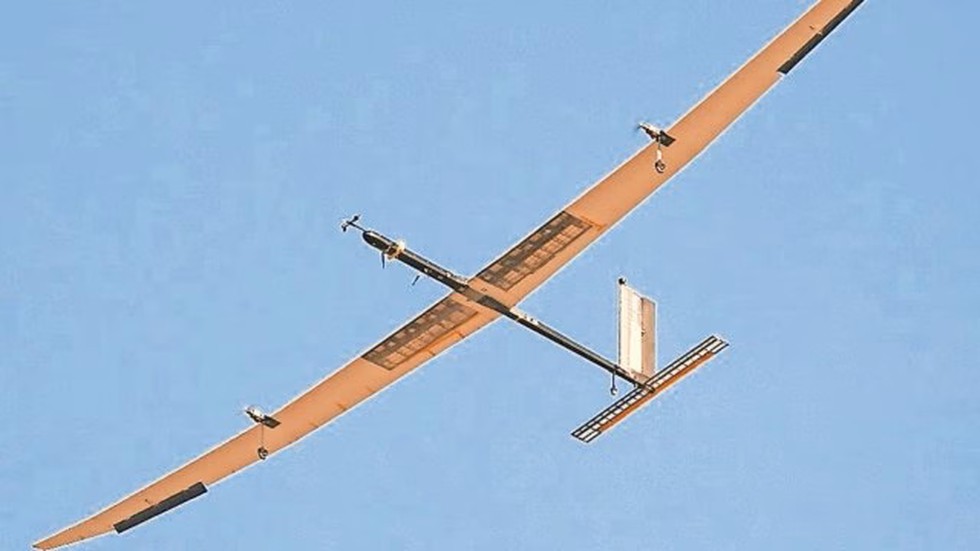About High-Altitude Pseudo Satellite Vehicle:
- It is a new-age unmanned aerial vehicle (UAV) that can significantly increase India’s surveillance and monitoring capabilities in the border areas.
- It is a still-developing technology, and the successful test flight last week puts India among a very small group of countries currently experimenting with this technology.
- Features
- It can fly at altitudes of 18-20 km from the ground, almost double the heights attained by commercial aeroplanes.
- It has the ability to generate solar power.
- It can remain in the air for months, even years, offering it advantages of a satellite.
- It does not require a rocket to get into space.
- The cost of operating HAPS is several times lower than that of a satellite that is usually placed at least 200 km from the Earth.
- Applications of HAPS:
- It can be very useful in disaster situations.
- It can even be used to provide mobile communications networks in remote areas
- Even it can be used in continuous surveillance of border areas to detect changes or movements.
